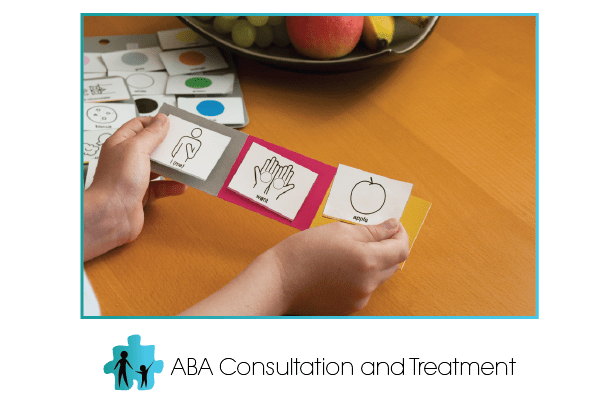If you are a parent of a child with autism, you might be familiar with how tough transitions can be. Change is a scary thing to kids and sometimes even us adults! If you live in Chicago, or the surrounding areas, you know how cold it can get during the winter. Don’t forget about that polar vortex! It’s important for us to have a plan going into this change in season, and gradually prepare children with sensory needs to impending jacket, hat, glove, and boot season! Here we want to provide you with some tips and tricks that may help with transitions and ensuring they feel comfortable.
You may know when a big change in season is coming, but your child may think of it as abrupt and scary if it is not talked about prior. Discuss how this seasonal change is coming and what we wear will look different. Show your children old videos and pictures of when they were dressed for winter. Bonus points if you have a video of them having fun in the snow! Get your child excited about all the amazing winter activities to come. While showing them these memories, discuss how this weather is almost here. Remind them about the jacket and clothing they will need to switch to.
If your child has significant sensory aversions to winter clothing, wearing the necessary clothing for a little longer each day, followed by a reinforcing activity, will be beneficial.
Some children have difficulty with certain fabrics or how things feel on their skin. Make sure to leave enough time to search for clothes that will meet their sensory needs. Once those clothes are decided on (whether they are new or hand-me-downs) practice having them wear it around the house to make sure they work. Utilize reinforcement following their attempts or “if, then” statements prior if need be. If your child really struggles with the way things feel on their skin, try a base layer of clothing. A tight long sleeve shirt and long bottoms will cover all areas of skin outerwear would be touching.
We wish everyone the best of luck with the cold weather headed our way! Suggestions here may not work for every child, so be sure to reach out to your therapy team if more support is needed.



